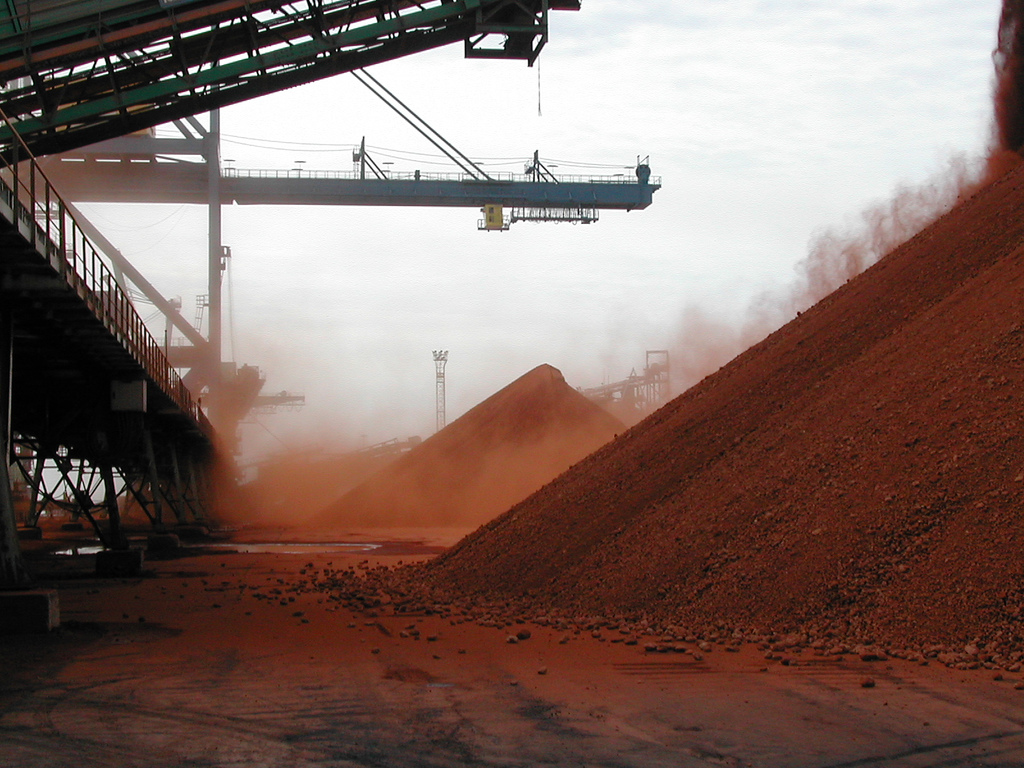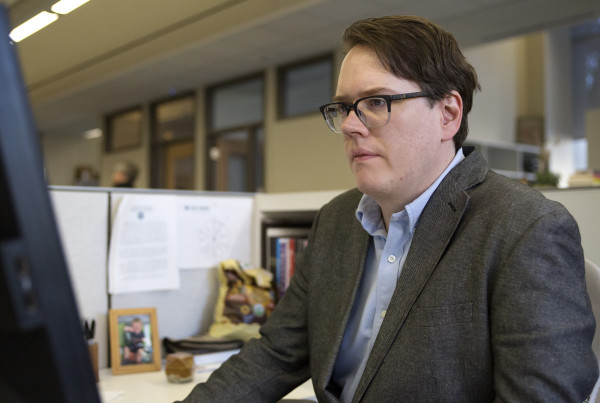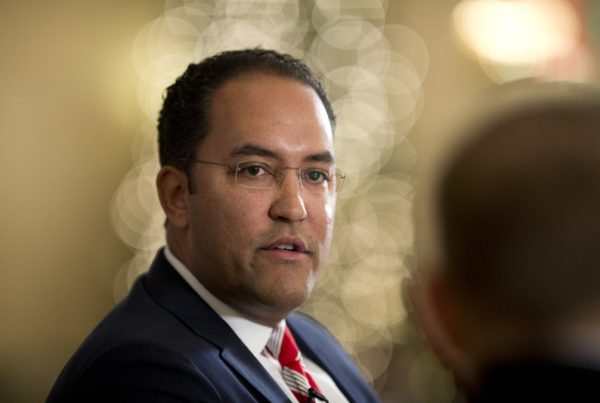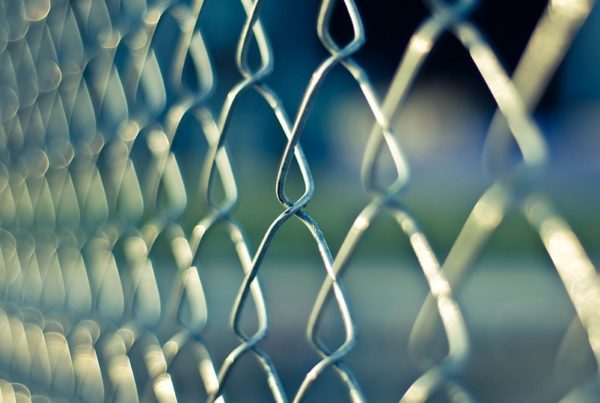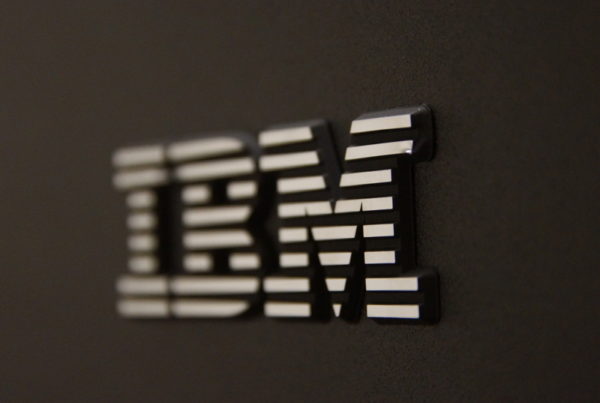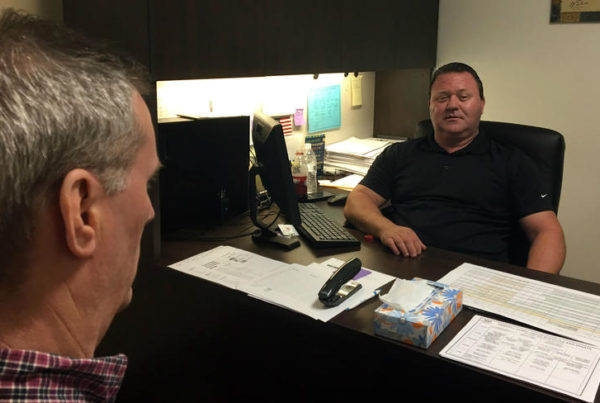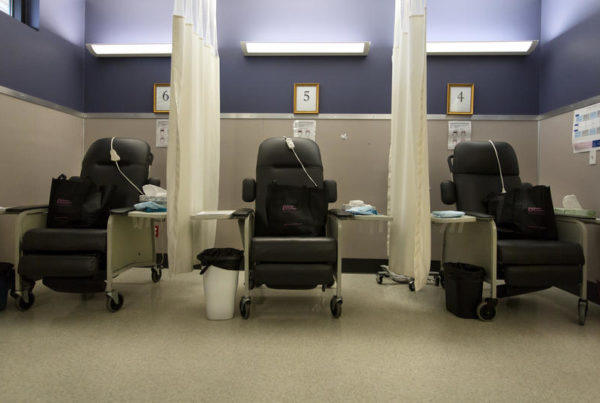The Standard’s news roundup gives you a quick hit of interesting, sometimes irreverent, and breaking news stories from all over the state.
The small Texas town of Point Comfort is worried about a red dust that covers everything from their homes and cars to their clothes.
The dust is coming from the local Alcoa manufacturing plant that processes rocks into a powder used to make aluminum.
The Victoria Advocate reports that residents have been concerned about the dust for years. Some don’t let their kids play outside, while others wear face masks when they work in their yards.
Tonight, a citizens’ panel is meeting to discuss the problem, which has gotten worse since January of last year.
The red dust is already a violation of Alcoa’s air permit and the Texas Commission on Environmental Quality’s regulations.
The dust is supposed to watered around the clock to keep it from blowing around Point Comfort.
Gov. Greg Abbott says his office has earmarked over $500,000 in funding to reduce the number of high-needs foster children without placements.
The number of foster kids sleeping in state agency offices has increased over the past few months, to 65 in March and 70 in April.
Many of these children have severe emotional or medical issues. Gov. Abbott called those numbers “unacceptable.” In April, a 15-year-old girl being housed in a Child Protective Services office was hit and killed by a car after fleeing the building hours earlier.
The money from the Governor’s Office will pay for support services at emergency shelters and residential facilities.
Abbott has also asked the Department of Family and Protective Services to help find more placements for kids who have been turned away by foster care providers.
Astronauts went on a spacewalk early Tuesday morning to make urgent repairs to the International Space Station.
Expedition 51 Commander Peggy Whitson and astronaut Jack Fischer spent over two-and-half hours making the fixes.
Houston Public Media’s Ed Mayberry reports the spacewalk came three days after a critical relay box abruptly stopped working. Even though a second unit managed the data load just fine, NASA scrambled to put together the spacewalk in order to restore backup capability. The system is vital for operating the station’s solar panels, radiators and robotic equipment.
“See you later, Peggy!” “Alrighty.” “Good luck!” “You, too!”
Commander Peggy Whitson focused on the 250-mile-high replacement job.
“At the work site, or at least next to the work site.” “Copy, Peggy. You’ll be temp-filling your MDM or U-bag on top of the Nader MDM. Suggested tethering to the SETA handrail.”
Meanwhile, Jack Fischer installed a pair of wireless antennas on the U.S. Destiny laboratory module to enhance communication for future spacewalks. From Houston, he gets the usual standard cautions and warnings: “2-Fish, I have a caution for you: When you get over the the lab forward end cone, do not use the EWAs antennas as a handrail.” “Copy that.”
Whitson now ties the record for most spacewalks by an American at 10, and third place all-time for cumulative spacewalking time.


